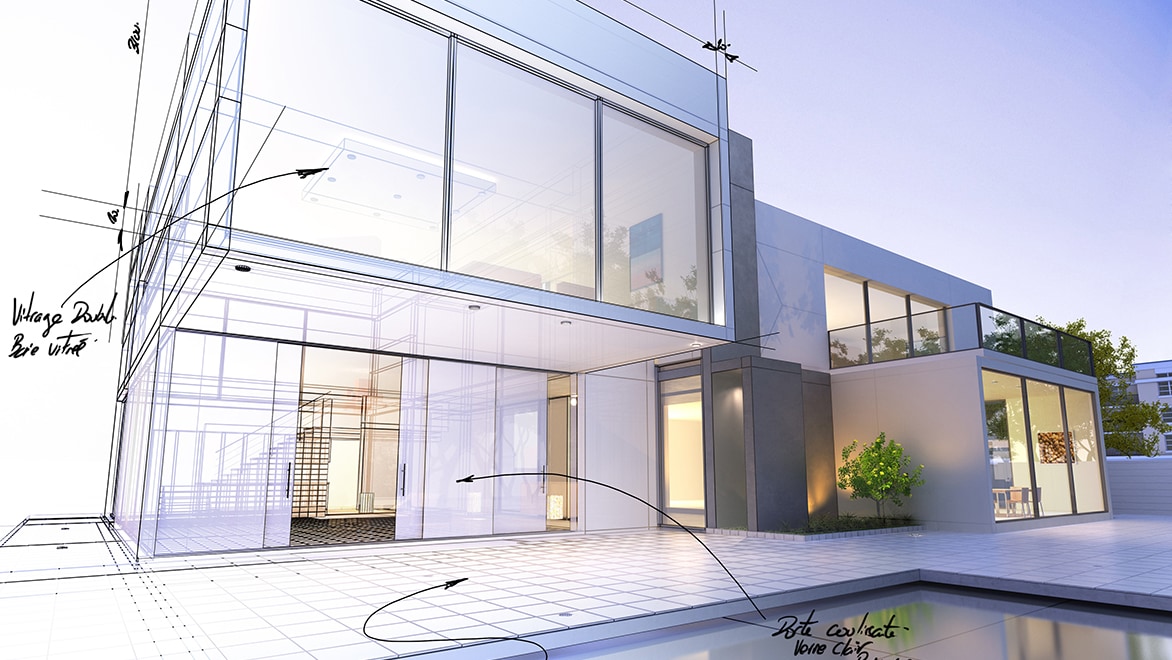A Detailed Review of Building Designs and Their Influence on Modern City Preparation and Advancement
Building styles have long worked as a mirror to the societal values and technological developments of their time, playing a crucial role in forming modern city preparation and growth. From the grandeur of Neoclassicism to the utilitarian technique of Brutalism, each design has presented unique ideas that affect city looks and performance. As modern obstacles emerge, including sustainability and community needs, understanding these historical structures ends up being vital. The resulting dialogue not just notifies future design practices yet likewise increases pertinent questions about the equilibrium in between heritage and development in our developing city landscapes.
Historical Summary of Architectural Styles

As cultures transitioned with the Center Ages, Gothic design emerged, characterized by its verticality and complex detailing, matching the spiritual goals of the era. The Renaissance noted a revival of classic perfects, merging art and architecture in ingenious manner ins which influenced subsequent styles throughout Europe.

Today, architectural styles proceed to develop, driven by globalization and sustainability issues, showing a vibrant interaction between heritage and technology. This historical overview highlights the relevance of design as a mirror of societal advancement and as a stimulant for metropolitan advancement.
Secret Architectural Styles Explained
The variety of architectural designs shows the myriad influences that form our built setting, each embodying unique qualities and cultural relevances. Trick architectural designs include Classic, Gothic, Baroque, Innovation, and Postmodernism, each representing special historic contexts and visual viewpoints.
Timeless design, rooted in ancient Greece and Rome, stresses symmetry, percentage, and using columns (cda architects). On the other hand, Gothic design, growing in the Middle Ages, is defined by pointed arches, ribbed vaults, and flying buttresses, developing an aerial quality in cathedrals. Baroque design, emerging in the 17th century, is marked by grandeur, intricate embellishment, and a vibrant interaction of light and darkness
Innovation, which got momentum in the early 20th century, prioritizes function over type, using brand-new materials like steel and glass to produce minimalist structures. Postmodernism, responding against the austerity of Modernism, welcomes eclecticism and historical recommendation, usually incorporating lively components and irony.

Impact on Urban Planning
In forming the growth of cities, architectural designs substantially affect city planning choices. The selection visit our website of building style frequently determines the aesthetic appeals, functionality, and total character of urban atmospheres.
In addition, building designs can impact zoning policies and land use policies. Urban planners need to take into consideration the dominating architectural patterns when designing areas, ensuring that new advancements harmonize with existing frameworks. This factor to consider fosters natural city landscapes and enhances community identification.
The execution of certain architectural styles can additionally affect socioeconomic elements within a city. High-end modern layouts might draw in upscale citizens and organizations, leading to gentrification, while much more cost effective housing remedies may prioritize functional and sustainable styles to fit varied populaces. cda architects. Eventually, the interaction in between architectural designs and metropolitan planning produces dynamic cities that show both historical context and modern demands, shaping the lived experiences of their inhabitants
Sustainability and Modern Design
Building designs play a crucial function in resolving modern challenges, especially in the world of sustainability. As urban locations expand and ecological issues intensify, contemporary design significantly welcomes lasting layout principles that prioritize energy efficiency, source conservation, and very little eco-friendly influence.
Contemporary architectural activities, such Full Article as biophilic style and eco-friendly style, advocate for frameworks that balance with their environments, making use of all-natural products and promoting biodiversity. These styles typically include renewable energy resources, such as photovoltaic panels and wind generators, to minimize reliance on fossil gas and lower carbon footprints.
Furthermore, the combination of innovative modern technologies, such as smart building systems, boosts power management, maximizing resource usage while guaranteeing passenger convenience. Cutting-edge water management methods, consisting of rainwater harvesting and greywater recycling, further add to lasting urban atmospheres.
Notably, sustainability expands beyond ecological worries; it incorporates social and financial dimensions. By fostering community health and advertising inclusivity, modern-day architectural styles line up with lasting growth goals. Subsequently, the development of building techniques proceeds to shape resistant cities that not only satisfy the requirements of the existing but also secure the future for generations ahead.
Neighborhood Interaction in Style
Area interaction in style functions as a vital bridge between designers and the populations they serve, making sure that the developed atmosphere shows the requirements and desires of its users. This collaborative procedure welcomes neighborhood members to contribute their understandings and preferences, fostering a feeling of possession and responsibility toward the areas they inhabit.
Efficient neighborhood engagement employs various techniques, such as workshops, studies, and public forums, to gather varied perspectives. These strategies facilitate a two-way discussion, click here for info enabling designers to comprehend regional contexts while encouraging residents to articulate their worries and desires. This inclusivity not only boosts the style high quality yet likewise advertises social equity by dealing with the one-of-a-kind difficulties dealt with by marginalized groups.
Additionally, area involvement can cause cutting-edge remedies that might not emerge in a conventional design process. By incorporating regional understanding and cultural values, designers can produce spaces that reverberate more deeply with customers, boosting use and sustainability. Ultimately, focusing on community engagement in design procedures results in atmospheres that nurture social communications, support well-being, and enhance community connections, thereby playing a critical duty in shaping modern urban landscapes.
Verdict
Building styles have profoundly affected modern-day city preparation and advancement, reflecting evolving cultural and technical contexts. As cities proceed to expand and adjust, the recurring discussion in between architectural heritage and contemporary style concepts will stay crucial in developing inclusive, lively spaces that enhance quality of life and promote social equity.